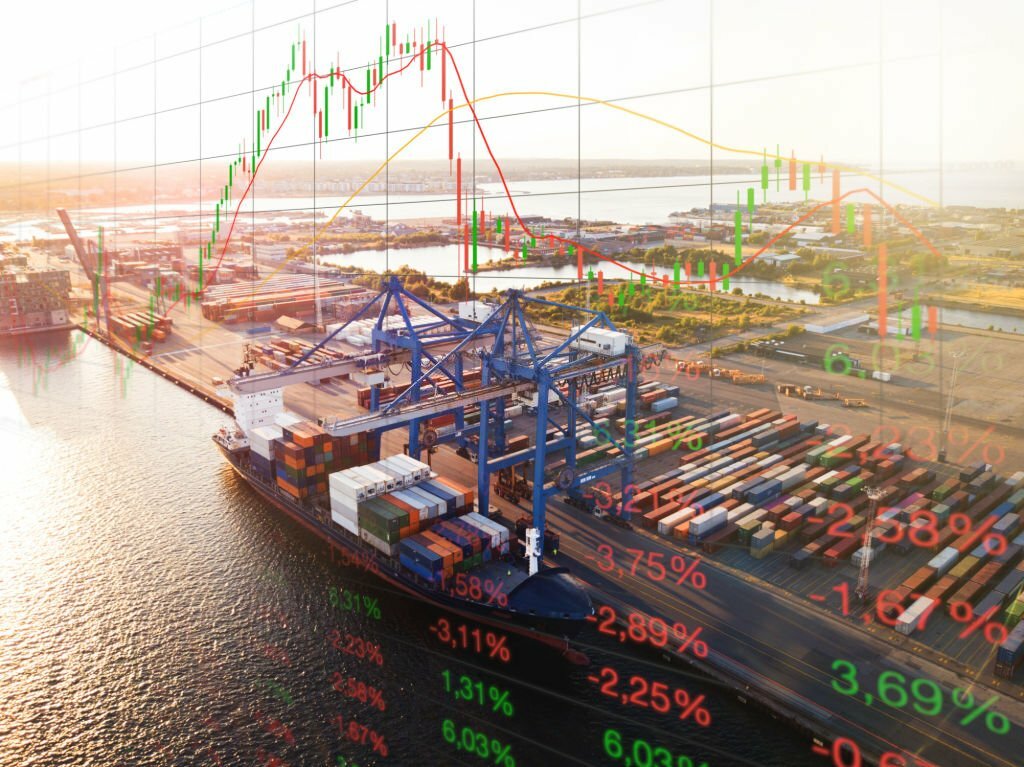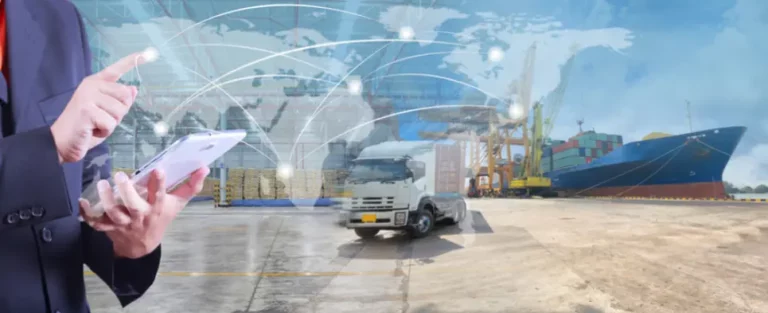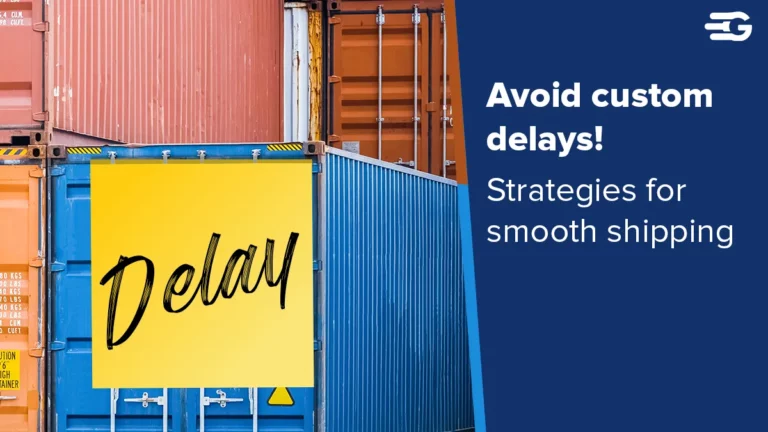The Ultimate Guide- 6 Key Insights into US Upcoming Trends on the Shipping Rate
Shipping rates play a crucial role in the global trade landscape, and understanding the upcoming trends in the United States is essential for businesses navigating the logistics industry. As the shipping industry continues to evolve, this article highlights the key trends on the shipping rate in US, providing valuable insights for companies seeking to optimize their supply chain operations
Key Trends on the Shipping Rate
Environmental Focus and Carbon Neutrality Impact on Vessel Operations
The implementation of regulations such as IMO 2023 and other emission control measures is leading to higher costs for companies in the shipping industry.
The shipping industry is experiencing a strong environmental focus and increasing pressure to achieve carbon neutrality. Strict regulations and ambitious targets are driving companies to adopt greener practices. This transition requires investments and adjustments to comply with emission control laws.
Older vessels may become non-compliant and financially unviable, necessitating their replacement with newer, more environmentally friendly tonnage. This shift impacts fleet management and overall operations, as companies face the challenge of managing costs while striving for sustainability. Amidst these changes, effective container tracking becomes crucial for optimizing operations, ensuring compliance, and enhancing visibility throughout the supply chain.
Diversification of Sourcing Origins
Companies in the supply chain industry are adopting various strategies to enhance their freight management systems and mitigate risks associated with geopolitical tensions, trade wars, and disruptions. One key trend is the diversification of sourcing origins as companies seek to reduce their reliance on a single location like China. They are exploring alternative sourcing locations such as Vietnam, Thailand, the Philippines, and India, which offer cost advantages and mitigate the risks of overdependence. Additionally, the “China + 1” strategy is gaining traction, with companies investing in manufacturing capacity in competing countries while maintaining a presence in China, thereby spreading their sourcing risk.
Near-shoring and friend-shoring
Another important trend is near-shoring, where companies are moving their production closer to their main markets. This approach aims to shorten supply chains, reduce transportation times, and minimize disruptions. Regions like Eastern Europe, Mexico, and Japan are being considered as viable near-shoring options. Furthermore, companies are embracing friend-shoring, which involves moving production to countries that are friendly and politically stable. This strategy enhances supply chain security, fosters economic interdependence, and reduces vulnerability to trade wars and hostilities.
Overall, these trends reflect the growing emphasis on diversification, security, and efficiency in freight management systems. Companies are actively working to prevent monopolies, strengthen partnerships, and create resilient supply chains that can withstand global uncertainties. By adopting these strategies, companies can enhance their freight management processes, reduce risks, and ensure smooth operations even in challenging geopolitical landscapes.
Benchmarking for Improvement
Benchmarking is crucial for shippers to assess their freight spending performance and identify areas for improvement. By comparing their costs against industry standards and competitors, shippers can set realistic goals and track progress, leading to enhanced efficiency and cost savings. This process involves collecting data on freight spend, transit times, and service levels and gathering statistics to identify opportunities for improvement. Shippers can also benchmark their carrier’s performance by evaluating factors such as on-time delivery rates, claims ratios, and customer satisfaction scores. By using this information to negotiate better rates and service agreements with carriers, shippers can further improve their freight management processes.
Technology Integration
Technology plays a vital role in modern freight management processes. Shippers can leverage advanced software solutions to automate manual tasks such as booking shipments, tracking deliveries, and managing invoices. These systems also provide real-time visibility into shipment status and enable proactive problem-solving in the event of delays or disruptions. Additionally, technology can help shippers their transportation networks by learning from the data on shipping patterns, carrier performance, and inventory levels. By integrating technology into their operations, shippers can improve efficiency, reduce costs, and enhance customer satisfaction.
Data-driven Insights with Analytics
Shippers can gain valuable insights into their freight spending patterns by leveraging advanced analytics. Shippers can uncover cost-saving opportunities, routes and carrier selection, and improve overall operational efficiency by looking into historical data and trends. Furthermore, analytics can assist shippers in better understanding their customers’ needs and preferences, allowing them to tailor their services and increase customer satisfaction. Shippers can also use real-time data and predictive analytics to identify potential issues and take corrective action before they become major issues. In today’s fast-paced business environment, this level of visibility and control over operations is critical. Shippers can stay ahead of the competition and achieve long-term success by leveraging the power of data-driven insights.
Closely observing these trends we could identify GoComet’s expertise in logistics and supply chain management empowers companies to maximize their near-shoring efforts. Through their platform, businesses can seamlessly coordinate transportation, customs clearance, and warehousing in countries closer to their main markets. This not only reduces transportation times but also mitigates risks associated with longer supply chains. GoComet’s end-to-end visibility and control over the supply chain enable companies to navigate near-shoring challenges with ease, ensuring smooth operations and timely deliveries.
Furthermore, GoComet plays a pivotal role in facilitating friend-shoring initiatives by establishing smoother communication within the carrier network. Their extensive supplier network and transparent procurement processes enhance supply chain security and prevent monopolies. By engaging with multiple suppliers and fostering relationships with countries that align with the company’s home country interests, GoComet helps businesses ensure a stable supply of critical components and raw materials, mitigating vulnerabilities in the global landscape.
We foster strong partnerships and collaboration between our clients and carriers. Through our platform, we facilitate effective communication, negotiation, and collaboration with carriers to secure favorable rates, explore cost-saving initiatives, and develop mutually beneficial strategies. By fostering collaboration across departments within our clients’ organizations, such as procurement, logistics, and finance, we ensure seamless coordination and alignment of goals to drive maximum freight spending efficiency.
Summary
Businesses that are closely monitoring these trends are increasingly focusing on maximizing near-shoring efforts and diversifying sourcing origins. Companies can reduce transportation times and mitigate risks associated with longer supply chains by coordinating transportation, customs clearance, and warehousing in countries closer to their main markets. Collaboration with reliable suppliers in friendly countries improves supply chain stability and prevents monopolies.
Effective interaction and cooperation with carriers aid in securing competitive rates and exploring cost-cutting opportunities. Maximum freight spend efficiency is driven by data-driven decision-making and cross-departmental collaboration, leading to better performance of the supply chain and significant cost savin






